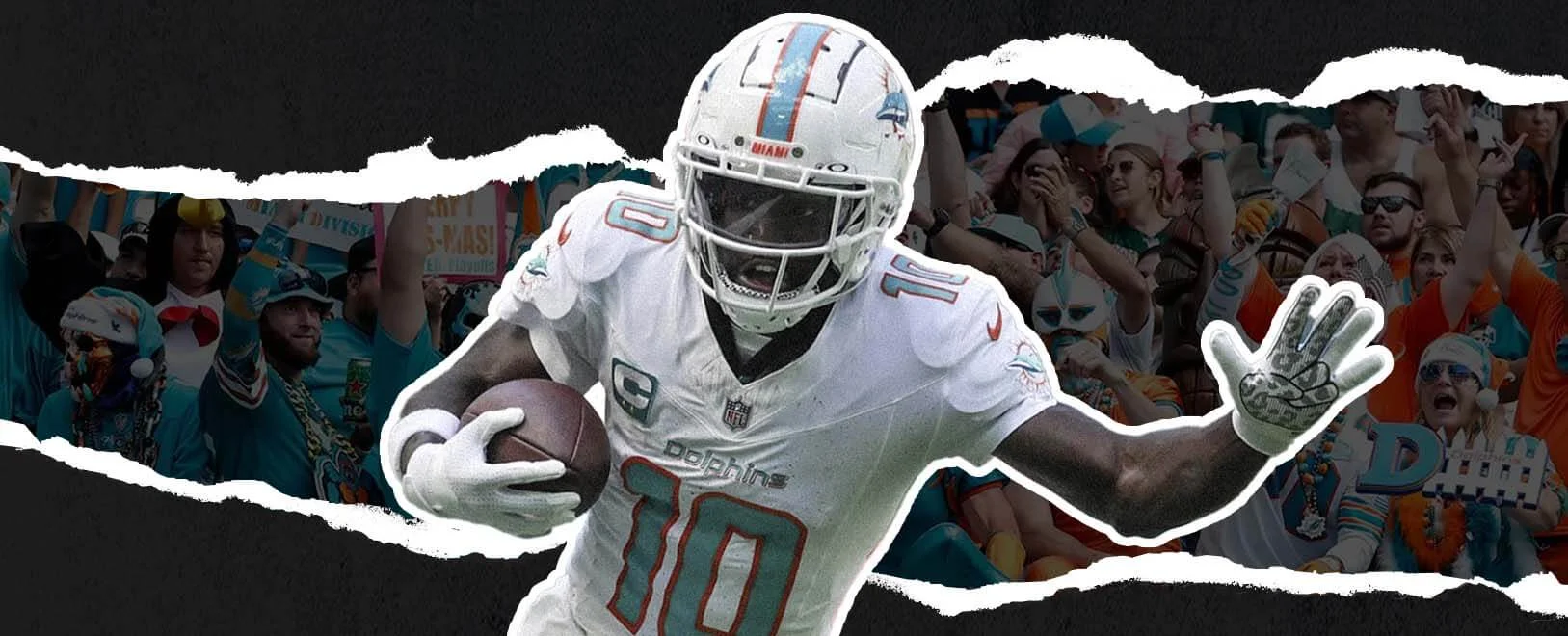NFL against the spread
In sports betting, one of the most popular way to bet on NFL games is against the spread, which you’ll often see abbreviated as ATS. Spread betting takes things beyond simply picking the winner of an NFL game. Football betting fans must factor in how many points a team will win by when determining whether or not they’ll “cover” the spread.
To cover the spread, the favourite team must beat their opponent by a minimum number of points. If a favourite has a 3.5-point spread for example, they must win by 4 points or more to cover the spread. Anything less means their opponent wins. The underdog, meanwhile, can cover the spread even when they lose. As long as they stay within the margin of the spread, it’s considered a win. If an underdog has a 2.5-point spread for example, they’d win if they lost by 1 or 2 points, tied, or won outright. Payouts are determined with the odds displayed in brackets beside the spread.
By including a spread in a bet, both teams become equal betting options, and that leads to better payouts than what you’ll find with the moneyline. We’ll explain the differences between betting with and against the spread.
What is betting with spread?
With NFL betting, you can bet with the spread and against the spread. When you bet with the NFL spread, you’re betting the favourite will cover the win margin. A point margin (spread) could be 4 points, 5 points, 6.5 points or anything else. In order for the favourite team to cover the spread, they must exceed the spread on top of winning the game. For example, if the Cincinnati Bengals are 7.5-point favourites on the NFL odds board, and they win 25-15, they’ve covered the spread and paid their backers.
Looking at Super Bowl odds, we can see this in action with the Chiefs listed as 1.5-point favorites over the Eagles. This means Kansas City would need to win by at least 2 points to cover the spread, while Philadelphia would cover if they either win outright or lose by just 1 point. These Super Bowl odds reflect the close matchup expected between these elite teams.

What is betting against the spread?
Betting against the spread simply means you’re backing the underdog. For the underdog to cover the spread, they need to come close to tying the game—how close depends on the spread. If an underdog is +6.5 on the spread, they can lose by 6 points or fewer and still cover. They also cover if they tie the game or win straight up.
How much you’re paid depends on the odds in the brackets beside the spread at the time you made your NFL picks. Also known as the juice or vigorish, this is often -110 for spread bets, but can also be -105 or -115. The number refers to how much you’d have to bet to win $100. For a -110 vigorish, you’d win $100 on a $110 bet; for a -105 vig, you win $100 on a $105 bet.
You may notice that lots of spreads include half-numbers, such as 3.5 or 11.5. With whole numbers, it’s possible that a team could win or lose by the exact spread, such as a 4-point favourite winning a game 24-20. When these scenarios happen, the bet is graded a tie and all money is returned.
How can I bet against the spread?
In the world of NFL betting, there are many ways to bet against the spread. The simplest is with a straight bet. On the gamelines, there’s a spread for every game. Select the one you want; one team has the negative spread (the favourite) and the other team has the positive one (the underdog). When you place the bet as is—without any add-ons—you’re placing a straight spread bet.
Alternatively, you can combine the spread bet with another bet, such as the total, through a parlay, also known as a combo bet. Add more than one pick on your bet slip, and a toggle for ‘Singles’ and ‘Multiples’ will appear. Multiples combine the picks in a parlay and give you the option to apply a teaser, which is a favourable point adjustment in exchange for a lower payout.
When you combine bets, you pay once for the entire parlay and need all of your picks to come through in order to win. If one loses, the parlay loses. But on the flip side, you get paid exponentially more by taking this high-risk bet, compared to straight ones.
